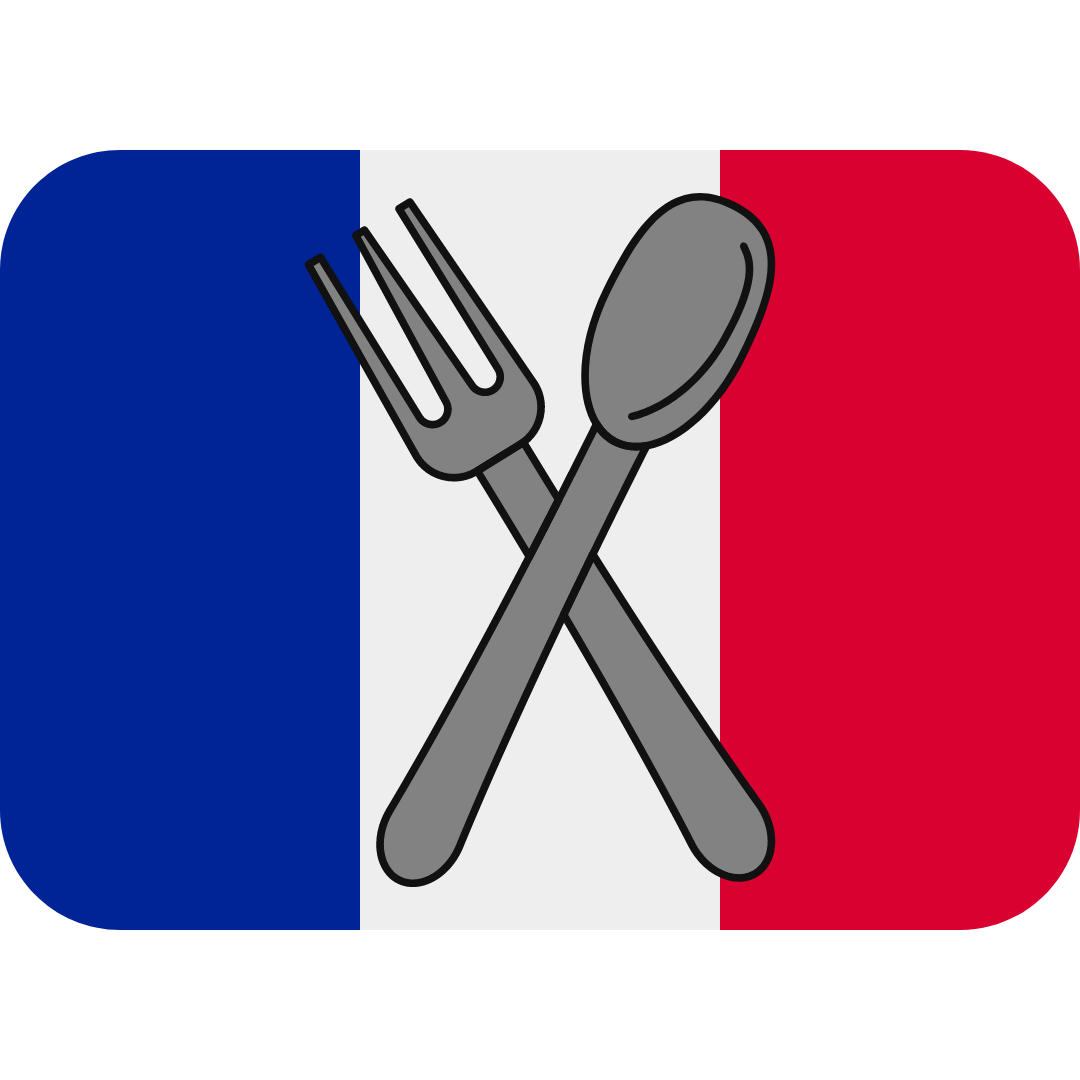Summer program Registrations are now open for everyone
Adults- Teens & Children - Toddlers
Register Now - Place is limited

Do you want to bring a little bit of French cuisine into your home? Be sure to try out this simple and delicious recipe and make an île flottante!
This French dessert is made with sweet egg whites beaten to resemble snow, floating in an English creme (custard) and coated in caramel.
L’île flottante, although directly translated means "floating island," is often called “eggs in snow”
because the eggs are beaten in a manner like mousse that resembles snow. The premise of the recipe seems to have appeared officially in the
17th century. The expression “oeufs à la neige” appeared for the first time in the dictionary of the French Academy in the 18th
century. But, l’île flottante was another dish at the start: Auguste Escoffier, one of the founders of French gastronomy, called
“île flottante” a dessert made from slices of biscuits from Savoie (a French department) with kirsch and maraschino (cherry
brandy and liquor) with apricot jam, grapes, almonds, pistachios and whipped cream. Today, l’île flottante is now a simpler and
lighter recipe. It’s a very common dessert in French restaurants.

The following recipe serves 1 île flottante.
INGREDIENTS:
RECIPE:
Total time: 1 hour
Cooking time: 30 min
Preparation time: 30 min
Attention : the eggs and the cream are made separately, add the whites and the caramel at the last minute!
Les oeufs en neige
La crème anglaise (custard)
Pocher les oeufs
There are multiple options.
In the milk :
In boiling water :
Microwave Option :
Le caramel
Attention : To do at the last minute!
L’île flottante
Ideas of toppings and flavors : almonds, pralines, maple syrup.

French touch:
For a French touch, try adding orange blossom water to the cream.
.png) American
touch:
American
touch:
For an American touch, you can try: candied almonds, pecans, peanuts, etc.; chocolate chips; maraschino cherries
À vos fourneaux !
VOCABULAIRE-L’île flottante : Although it is a French dessert, it also directly translates to "floating island."-Les oeufs en neige : This translates to "eggs made of snow," but is used often to describe the look of the beaten egg whites. -Auguste Escoffier : A very famous and notable French chef! -Savoie : A department in the Auvergne-Rhône-Alpes region of Southeastern France. -Crème anglaise : It directly translates to "English cream," and is a lighter, pourable custard. -Le caramel : Caramel -Pocher les oeufs : to poach eggs |